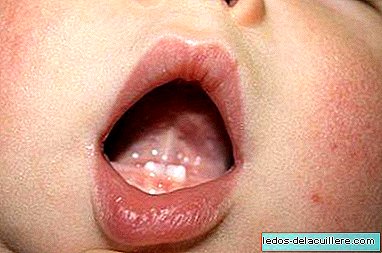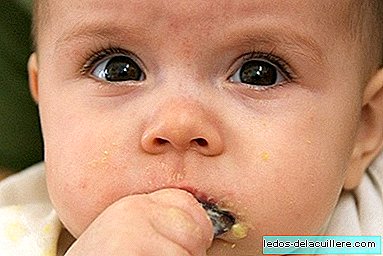
We have already commented on some occasion that there are doubts about the fact that children are hurting their teeth. But as this fact is traditionally taken for granted, there are medications and various remedies for teething pain.
Although not all would be effective and / or necessary in babies, the worst part is that some may not be safe. The FDA (US Food and Drug Administration) has pointed out the risks of some medications for teething pain, specifically those that contain benzocaine.
This entity has issued a warning to consumers about the use of this local anesthetic, the main ingredient in liquids and gels to reduce the pain of teething in very young children. This product is associated with a rare but serious disease called methemoglobinemia.
Methemoglobinemia reduces the amount of oxygen carried by the blood, causing pale, gray or blue skin, lips and nails, shortness of breath, fatigue, confusion, headache, dizziness and tachycardia. In the most severe cases, the disease can be fatal.
In these cases on which it is noticed we would be facing a Acquired methemoglobinemia due to benzocaine exposure.
According to the FDA, the majority of cases detected have occurred in children under two years of age, treated with a gel for teething discomfort. While continuing to investigate the effects of benzocaine, the FDA establishes, among others, the following recommendations:
- Products containing benzocaine should not be used in children under two years of age, except under the advice and supervision of a healthcare professional.
- Consumers should store benzocaine products out of the reach of children.
In Spain, as in the United States, benzocaine is included in numerous medications in the form of liquids, gels, pills and sprays to treat the pain caused by teething, canker sores, mouth irritation, gums and tooth decay.
Thus, the risk would also be present if we use some medications for teething pain that include said substance.












